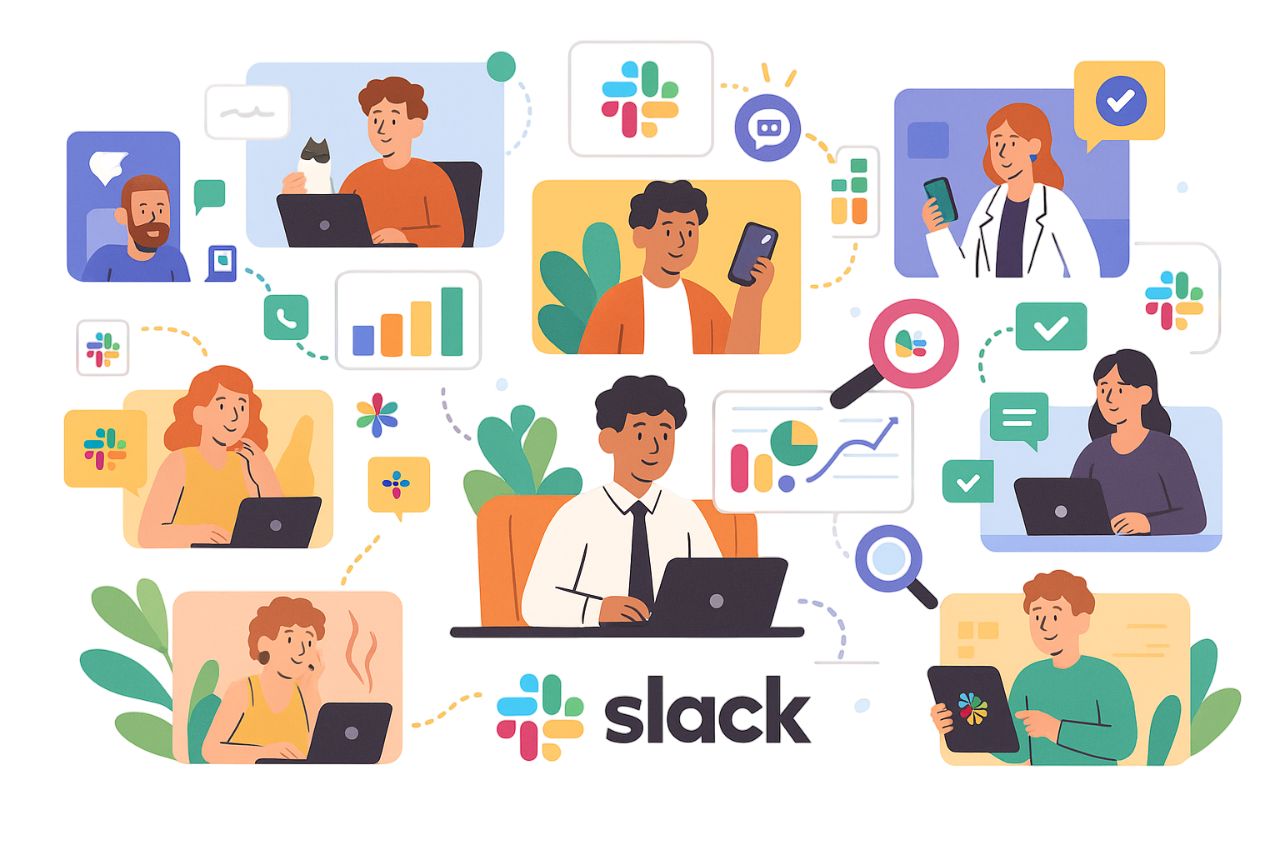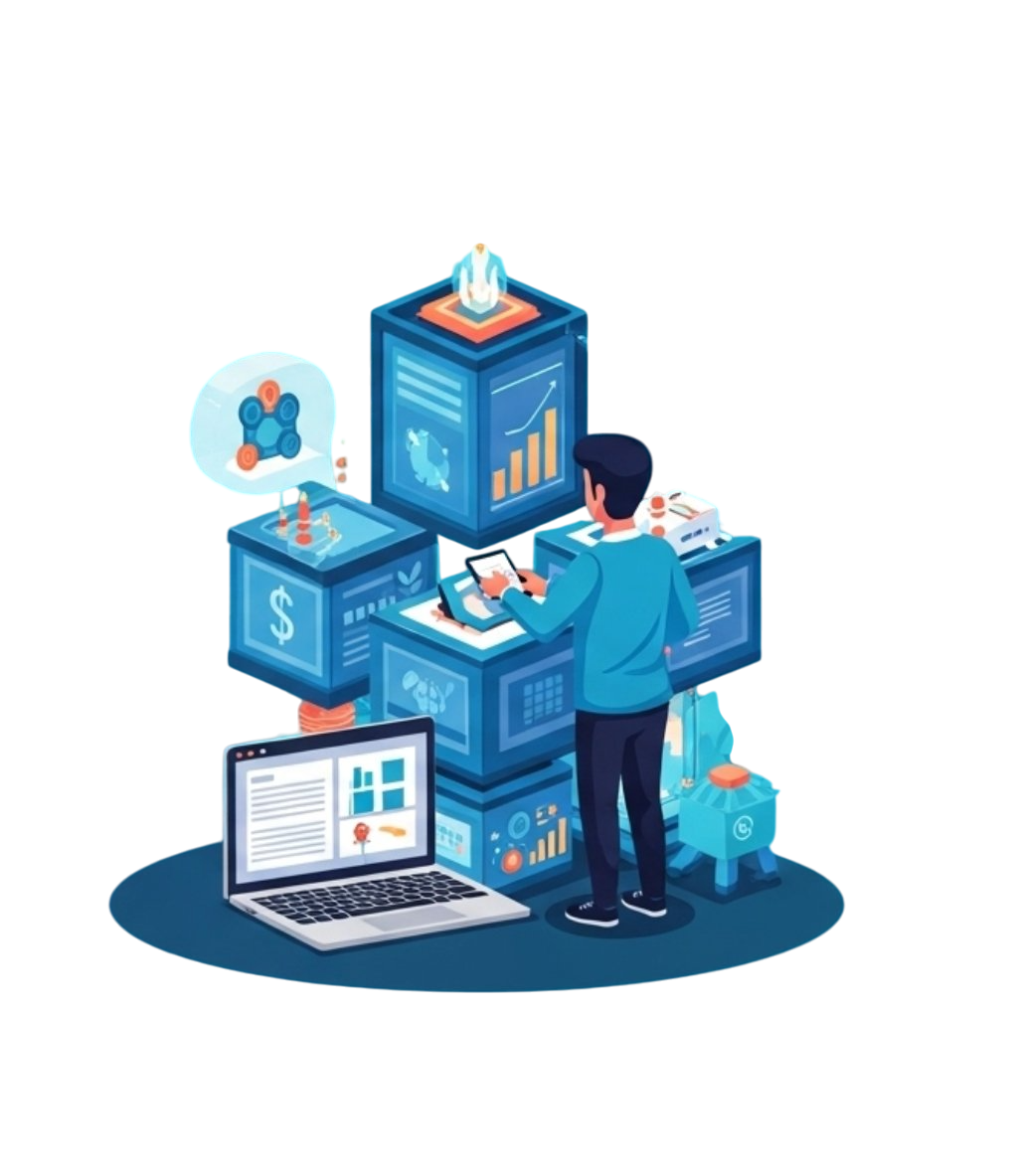
Track if Employees Utilize Slack AI
Discover how to track whether employees are using Slack AI effectively. Learn the best methods, tools, and insights to measure adoption, boost productivity, and maximize the value of Slack’s AI features.

The Enterprise Guide to Microsoft Copilot Adoption
Unlock the full potential of AI in your organization through this comprehensive guide to Microsoft Copilot adoption. Explore strategies, best practices, and enterprise-ready insights for seamless integration and increased productivity.

ChatGPT Adoption in the Enterprise
Discover how enterprises are adopting ChatGPT to enhance productivity, streamline operations, and drive innovation. Explore key use cases, integration strategies, and best practices for successful AI implementation at scale

The Ultimate AI Adoption Strategy for Modern Enterprises
Organizations that take strategic approach in AI Adoption are seeing significant gains in productivity, innovation, and market share. Success hinges on leadership buy-in to set the vision, data readiness to fuel AI models, robust infrastructure for scalability, and cultural alignment through training and communication. By avoiding pitfalls like unclear objectives and inflated expectations, and continuously refining their approach, companies can transform AI from a tech experiment into a lasting competitive advantage.

AI's Impact on Workweek
AI is transforming the four-day workweek from ideal to attainable—by reducing busywork, enabling flexibility, and improving focus. But success depends on clear metrics, strong leadership, and a culture of experimentation.

Using Exported Slack Data for Communication Analytics
Explore how analyzing exported Slack data uncovers patterns, bottlenecks, and burnout risks—turning raw communication into insights that improve team health and alignment. Slack is more than a messaging app; it reflects how your team communicates, collaborates, and copes with overload.







